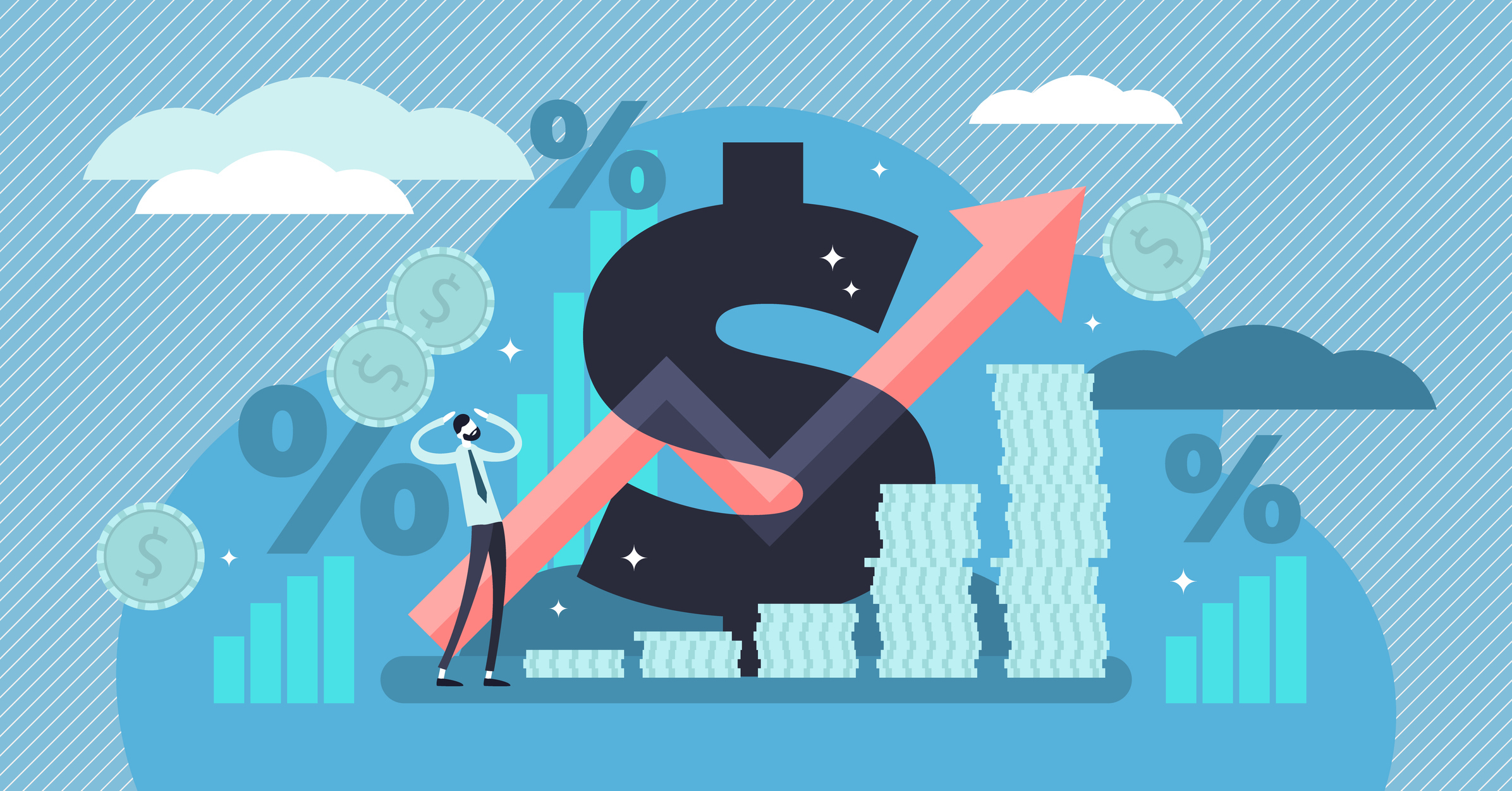Comment on Paul Krugman’s recent observations on US inflation
Paul Krugman recently initiated a new blog on more technical or “wonkish” economic issues. It always is good to expand the discussion beyond typical academic circles. Since we just posted a text on US inflation at INET, we have some comments on his initial post on the widely accepted “Phillips curve” relationship between the unemployment rate and the price level. The model Krugman (2021) cites, originally due to Paul Samuelson and Robert Solow (1960), is at best incomplete and for practical purposes wrong. It makes sense to explore the reasons why.
There are two ways to analyze inflation. One was adopted by William Phillips (1958) in his empirical discovery of an inverse relationship between wages and the rate of unemployment for the UK, from the mid-19th century and early 20thcentury. This is a standard microeconomic specification,
(1) Nominal wage growth = f(unemployment)
with a negative (usually nonlinear) slope in the unemployment versus wage plane. For purposes of econometrics, one could always throw in lags, conditioning variables, and other methods to improve the statistical fit of (1), as well as do regional analyses, as Krugman mentions.
Following Taylor and Barbosa-Filho (2021), there is also a broader cost-based macroeconomic specification relying on the equality of gross domestic product (GDP) to gross domestic income (GDI). In stripped-down form it can be written as:
(2) Value of output = GDP cost of production
= Wages + Profits + Import Costs = Gross Domestic Income = GDI
Since GDP equals GDI to within a “statistical discrepancy” and various “minor” flows ($100 billion or so) the breakdown given in (2) is built into American national accounts and can be used as a template for a macroeconomic cost function.
Krugman and the rest of the American economics profession prefer the version proposed by Samuelson and Solow (1960), who knew all about decomposition (2) but chose to replace it with
(3) Price inflation = f(unemployment),
with a negative slope. They concentrated on unemployment as the key explanatory variable and ignored or downplayed the costs on the right-hand side of (2).
Modeling implies reducing any question to a few variables, ideally the main ones needed to explain the issue at hand. In the case of US inflation, the rate of unemployment is one of the determinants, but neither the only nor the main one, as indicated by recent evidence mentioned in our paper. Specifically, consider three points made by Krugman.
First, expectations matter, but not necessarily because of rational expectations. People may be forward-looking in more conventional and social ways, meaning that they react to the perceived stance of monetary policy against inflation. Too soft and high inflation tends to persist and indexation to grow, as indicated by Structuralist analysts of Latin America and the US experience with Arthur Burns at the Fed. Too hard and inflation tends to revert more quickly to mean, with non-negligible short-run costs, income losses, and rising unemployment, as indicated by the US after the Volcker shock. The Lucas fantasy of costless disinflation from credible commitments in an ergodic world of rational agents was decisively falsified long ago.
Second, as mentioned by Krugman, import prices are also important for US inflation. The oil shocks showed it in the 1970s and, despite the recent reduction in the US dependence on fuel imports, the correlation and two-way causation between US consumer-price and import-price inflation remained strong in the last 30 years. Growing manufacturing imports from Asia and the strong dollar diplomacy of the US Fed and Treasury have also been structural determinants of US inflation.
Third, and here is our main divergence with Krugman’s view, the labor share of income may be more important than the rate of unemployment as a driver of US inflation, especially in the period of “wage repression” (Taylor with Ömer, 2020, essentially a longer run extension of our inflation discussion) that started in the late 1970s.
More formally, the labor share may be an independent determinant of inflation. It can explain why, even at low rates of unemployment, prices do not accelerate as one would have expected from the US experience in the 1950s and 1960s. Our econometric results indicate that, based on the data from 1991 up to 2019 (pre-Covid), a one percentage point reduction in the labor share of net domestic income (GDP excluding capital consumption) reduced US consumer inflation by 0.2 points for a constant rate of unemployment and import-price inflation.
What if the rate of employment and import-price inflation change? Our results from almost atheoretical vector error correction modeling continue to show a strong response of US inflation to both import and wage costs since the 1990s. In contrast, the linkage with employment is weaker and often has the “wrong” sign. For practical purposes, the results mean that, for the Fed to meet its inflation target, it would be necessary to let real wages grow faster than labor productivity for some years, undoing the wage repression of the last decades. Biden’s $15 minimum-wage proposal is a correct step in that direction.
Finally, and back to the academic world, despite the intuitive logic and accounting “macrofoundations” of the Structuralist analysis of inflation, such was the prestige of Samuelson and Solow’s misinterpretation of the Phillips Curve that it became the canonical story about US inflation until today, the American Phillips curve. It is about time to expand the analysis, in the ways Krugman points out and beyond, otherwise mainstream economics runs the risk of pursuing a phantom curve for another six decades.
References
Krugman, Paul (2021) “Stagflation Revisited: Did We Get the Whole Macro Story Wrong,” https://paulkrugman.substack.com/p/stagflation-revisited
Phillips, William (1958), “The Relationship Between Unemployment and the Rate of Change of Money Wage Rates in the United Kingdom 1861-1957,” Economica 25: 283-299.
Samuelson, Paul A., and Robert M. Solow (1960) “Analytical Aspects of Anti-Inflation Policy,” American Economic Review (Papers and Proceedings), 50(2): 177-194
Taylor, Lance, with Özlem Ömer (2020) Macroeconomic Inequality from Reagan to Trump: Market Power, Wage Repression, Asset Price Inflation, and Industrial Decline, New York: Cambridge University Press.
Taylor, Lance, and Nelson Barbosa-Filho (2021), “Inflation? It’s Import Prices and the Labor Share,” Institute for New Economic Thinking Working Paper No. 145, https://www.ineteconomics.org/perspectives/blog/inflation-import-prices-and-the-labor-share







